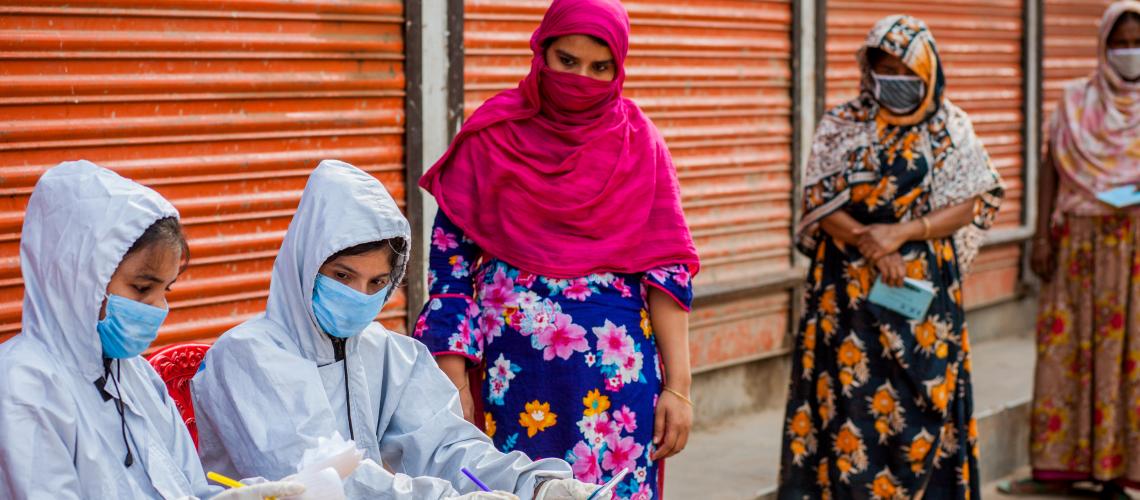
When conflicts or natural disasters erupt, they can disproportionately affect migrants living, working, studying, traveling, or transiting in the country experiencing the crisis. While they are resilient and resourceful, a variety of factors, such as language barriers, isolated working conditions, limited access to information resources and opportunities, create particular vulnerability for migrants in the face of such crises.
By integrating and engaging migrants in their work, emergency management actors can play a vital role in addressing these factors, lessening migrants’ vulnerability in the context of crises and improving responses.
IOM’s training course on “Integrating migrants in emergency preparedness, response and recovery in their host countries” targets the personnel of emergency management institutions and first responders to strengthen their capacity to reach out to, assist and protect migrants before, during and after crises.
Learning Objectives:
The course provides basic information and tools to improve the capacity of relevant personnel to:
- Understand migrants’ specific vulnerability and needs in the face of different kinds of crises; and
- Provide information and practical guidance on measures to reduce migrants’ vulnerability through improved communication, delivery of appropriate relief services, active engagement of migrants, and evaluations and learning.
Target audience. The training course targets the personnel of State and non-State agencies dealing directly with emergency management, in particular technical staff of emergency and disaster risk management and civil protection institutions who work at the national and subnational levels.
Structure. 8 thematic sessions, built around participatory methodologies, that include case studies and best practices, background materials and practical tools (e.g. templates, infographics). Course can be organized as training or training of trainers.
Duration. 2 days, 3 days or 5 days, depending on curriculum and target audience.
Access. The training package is available in English, French, Portuguese and Spanish. The training reference manual can be freely downloaded from the IOM website.
National adaptation. IOM encourages the further translation and adaptation of the course materials to reflect the operational reality and priorities of its partners. To this end, IOM shares the source materials with governmental counterparts, free of charge, and supports their adaptation through targeted research and technical assistance, upon request.
For more information on the training course and other MICIC capacity-building resources, please contact IOM’s MICIC team.

